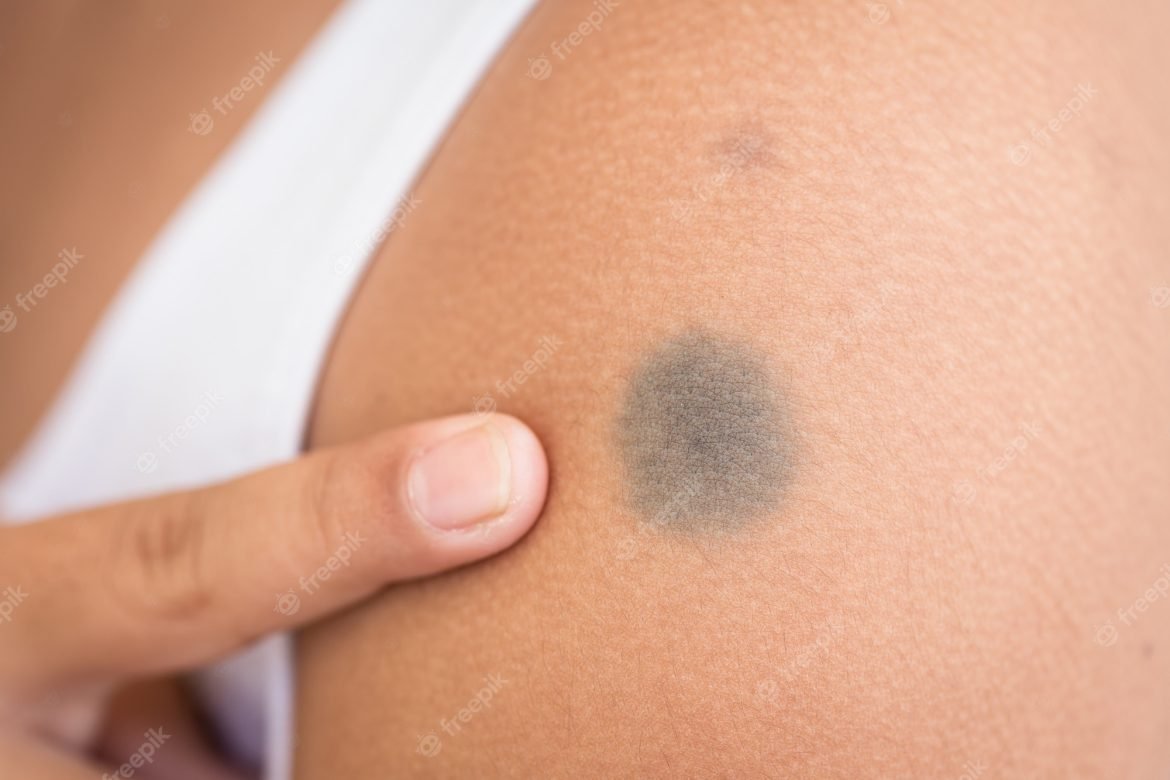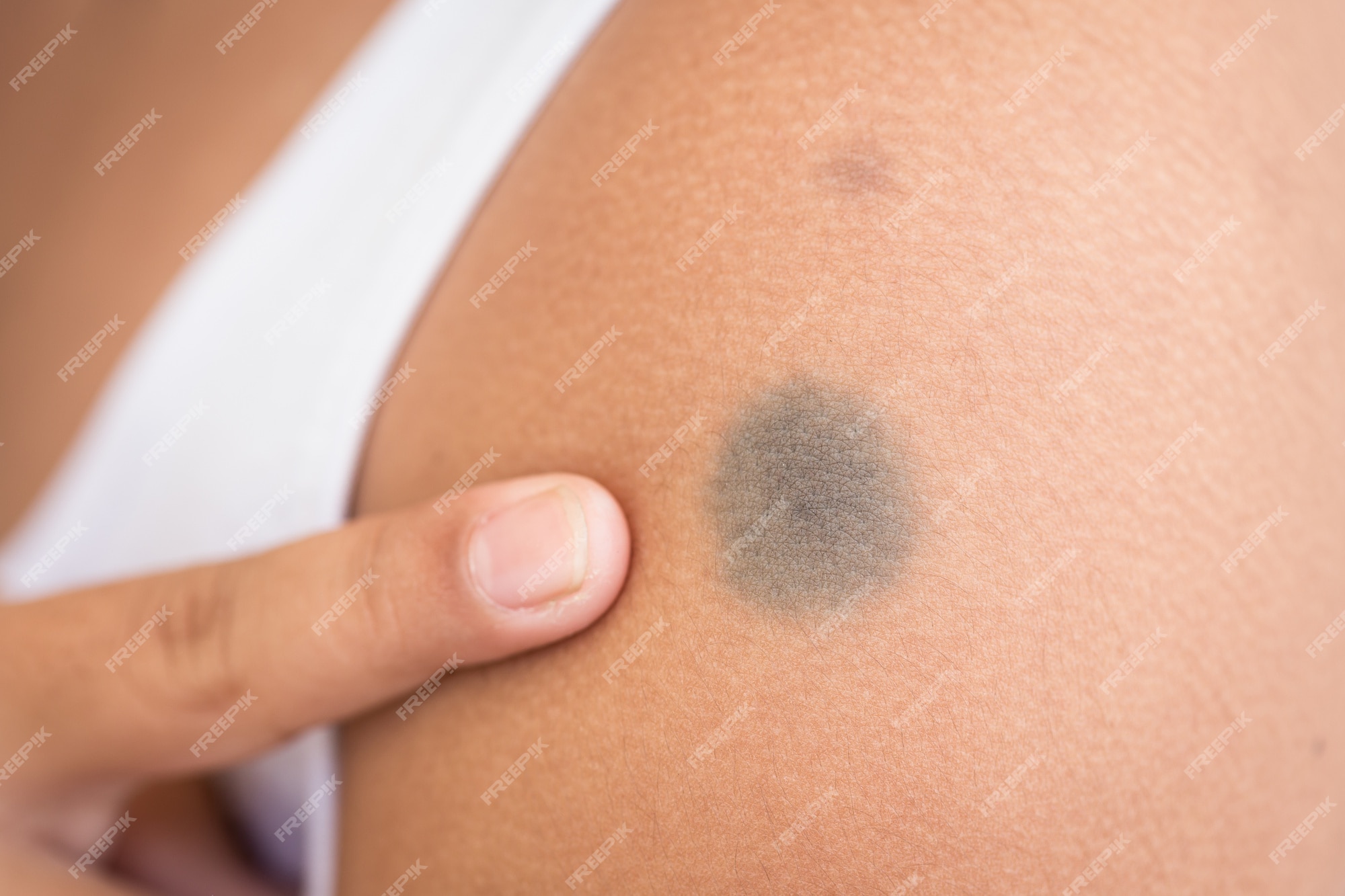Introduction
Birthmarks are common skin pigmentation differences that can appear at or soon after birth, or even develop later in life. While some birthmarks are harmless, others may indicate a medical condition or genetic disorder. In this article, we will explore the genetics of birthmarks, including their inheritance patterns and the causes of skin pigmentation differences.
What Are Birthmarks?
Birthmarks are abnormal skin pigmentation or coloration that appears on the skin at birth or shortly after. There are two main types of birthmarks: vascular and pigmented. Vascular birthmarks are caused by abnormal blood vessels, while pigmented birthmarks are caused by an overgrowth of pigment-producing cells called melanocytes.
Inheritance of Birthmarks
The inheritance of birthmarks depends on the type of birthmark. Some birthmarks, such as port-wine stains, are caused by genetic mutations and can be inherited in an autosomal dominant pattern. This means that if a parent has the mutation, there is a 50% chance that their child will inherit it as well.
Other birthmarks, such as café-au-lait spots, can be inherited in an autosomal dominant pattern as part of a genetic disorder, such as neurofibromatosis. In this case, the child has a 50% chance of inheriting the genetic disorder and the associated birthmarks from the affected parent.
Causes of Skin Pigmentation Differences
Skin pigmentation differences, including birthmarks, can be caused by a variety of factors, including genetic mutations, environmental factors, and random chance. Some common causes of birthmarks include:
- Genetic Mutations: Some birthmarks, such as port-wine stains, are caused by genetic mutations that affect the development of blood vessels or pigment-producing cells.
- Hormonal Changes: Hormonal changes during pregnancy or puberty can also cause birthmarks. For example, some pregnant women may develop dark patches of skin on their face, a condition known as melasma.
- Sun Exposure: Sun exposure can cause pigmented birthmarks to darken or become more visible. It can also increase the risk of developing skin cancer.
- Trauma: Trauma to the skin, such as a cut or burn, can sometimes cause a pigmented birthmark to develop.
Types of Birthmarks There are several types of birthmarks, including:
- Port-Wine Stains: These are large, flat, pink or red birthmarks that are caused by an overgrowth of blood vessels.
- Café-au-Lait Spots: These are light brown or tan birthmarks that can be caused by genetic mutations or as part of a genetic disorder, such as neurofibromatosis.
- Mongolian Spots: These are blue-gray birthmarks that are common in people with darker skin tones.
- Hemangiomas: These are raised, red birthmarks that are caused by an overgrowth of blood vessels.
Conclusion
Birthmarks are common skin pigmentation differences that can be caused by genetic mutations, environmental factors, or random chance. Understanding the inheritance patterns and causes of birthmarks can help to diagnose any underlying medical conditions or genetic disorders. While most birthmarks are harmless, it is important to monitor any changes in size, shape, or color and consult a healthcare professional if necessary.




